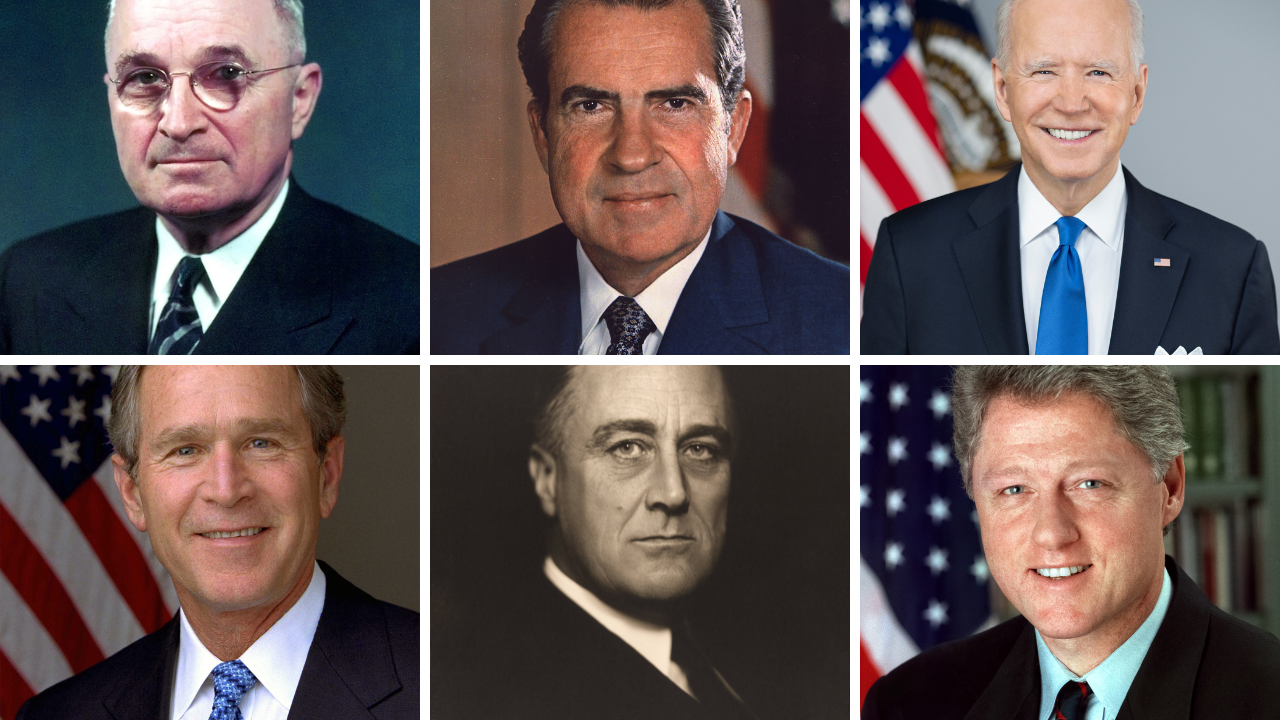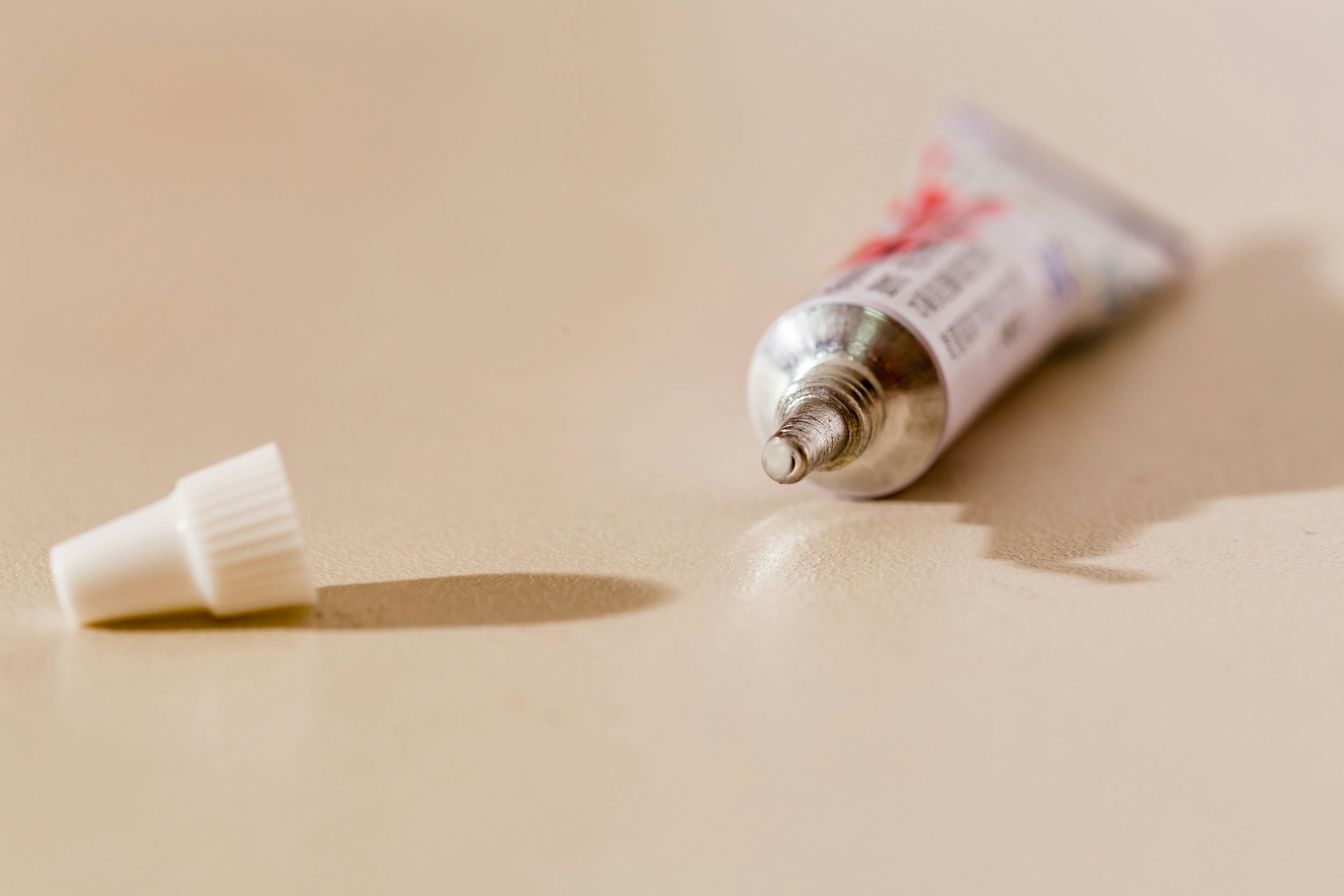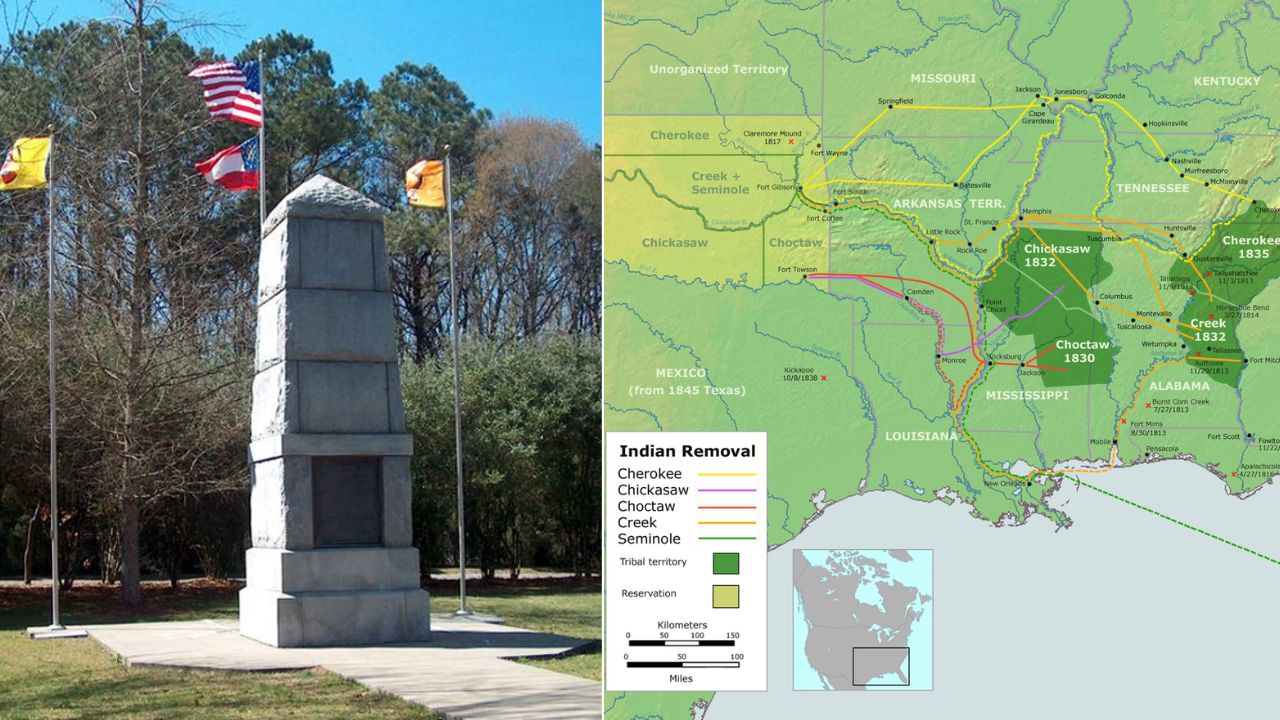Presidential meals often reveal more than official speeches. A sandwich can mark diplomacy, comfort, or the unguarded moments that make leaders human. Some were symbols of friendship; others, snapshots of quiet nights or quirky Americana. Across decades, these nine sandwiches trace how the simplest foods sometimes meet history halfway—where appetite, circumstance, and timing collide.
Franklin D. Roosevelt’s Hot Dogs at Hyde Park
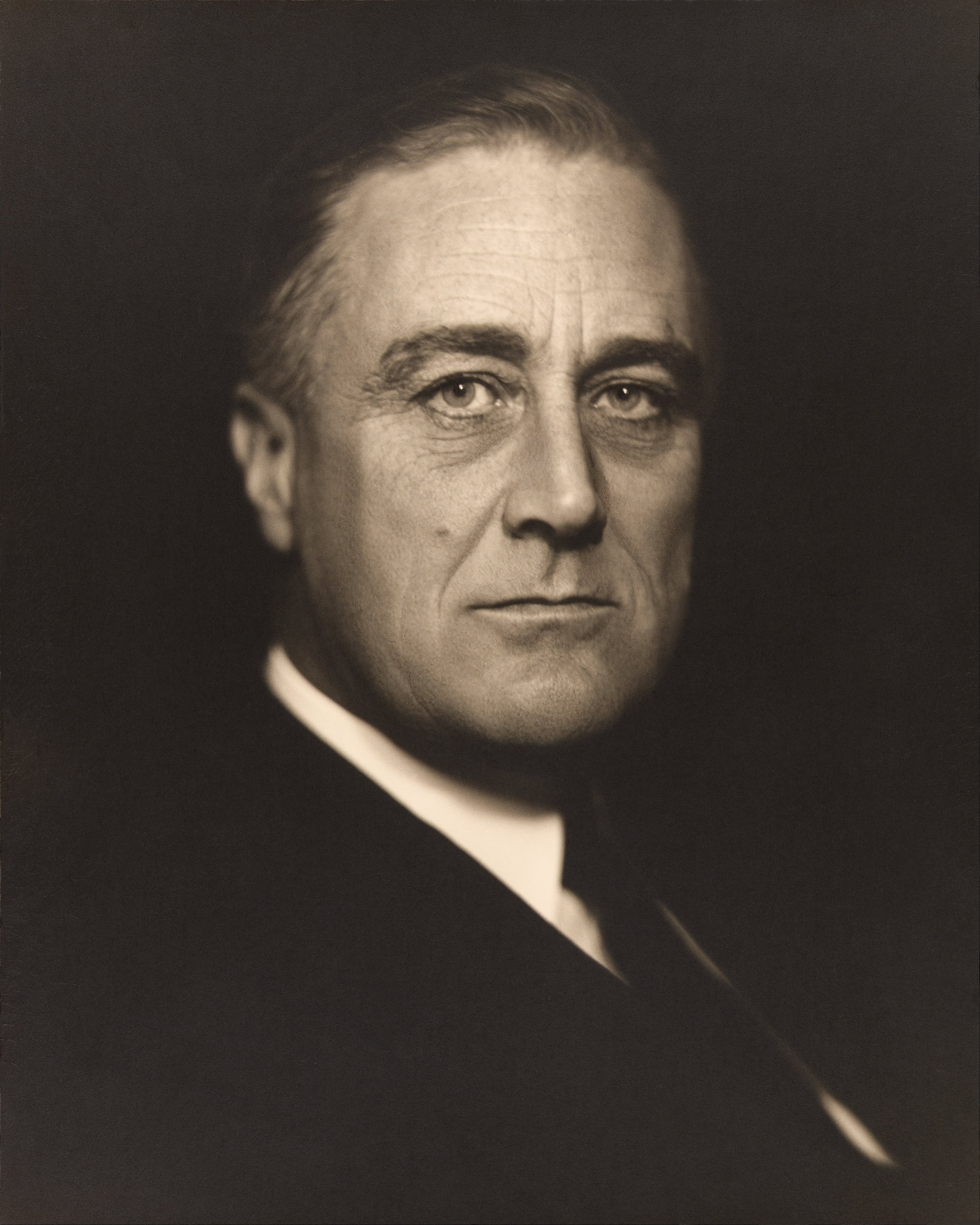
On June 11, 1939, Franklin Roosevelt hosted King George VI and Queen Elizabeth for a picnic at Hyde Park. The menu included hot dogs, and the press called them “hot dog sandwiches.” That small act of informality softened American views of the British royals. When war erupted months later, the memory of that casual lunch lingered, helping Americans see Britain as familiar rather than distant. A backyard cookout did what diplomacy often struggles to do—make strangers feel like neighbors.
Harry Truman’s Election-Night Ham Sandwich
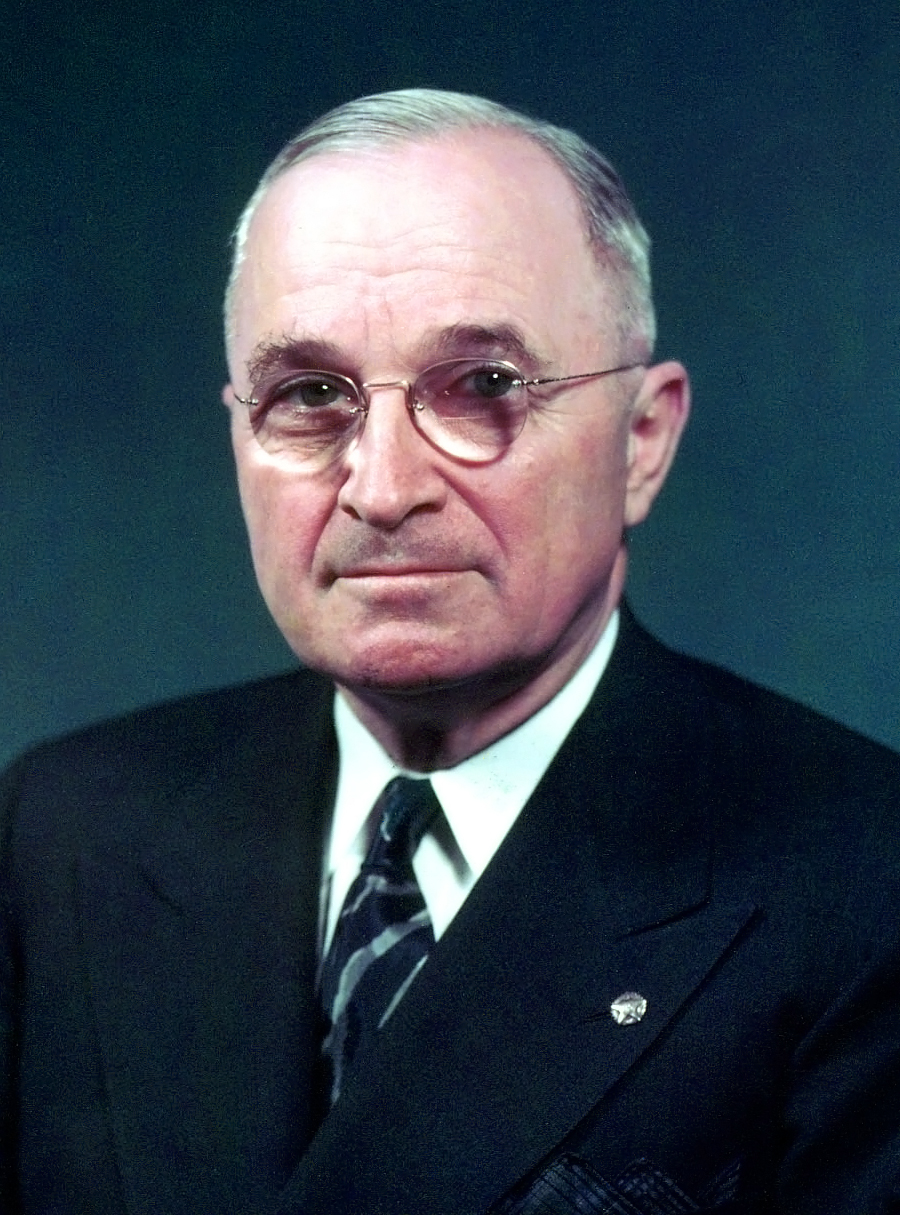
On November 2, 1948, Harry Truman went to bed at the Elms Hotel in Missouri after eating a ham sandwich with milk, believing his presidential bid was finished. Newspaper headlines already declared “Dewey Defeats Truman.” But a few hours later, he was awakened with the news—he’d actually won. That plain sandwich became legend, a reminder that humility and patience sometimes age better than headlines. History’s most famous bedtime snack came with an unexpected victory.
Richard Nixon’s Half-Eaten Buffalo Barbecue
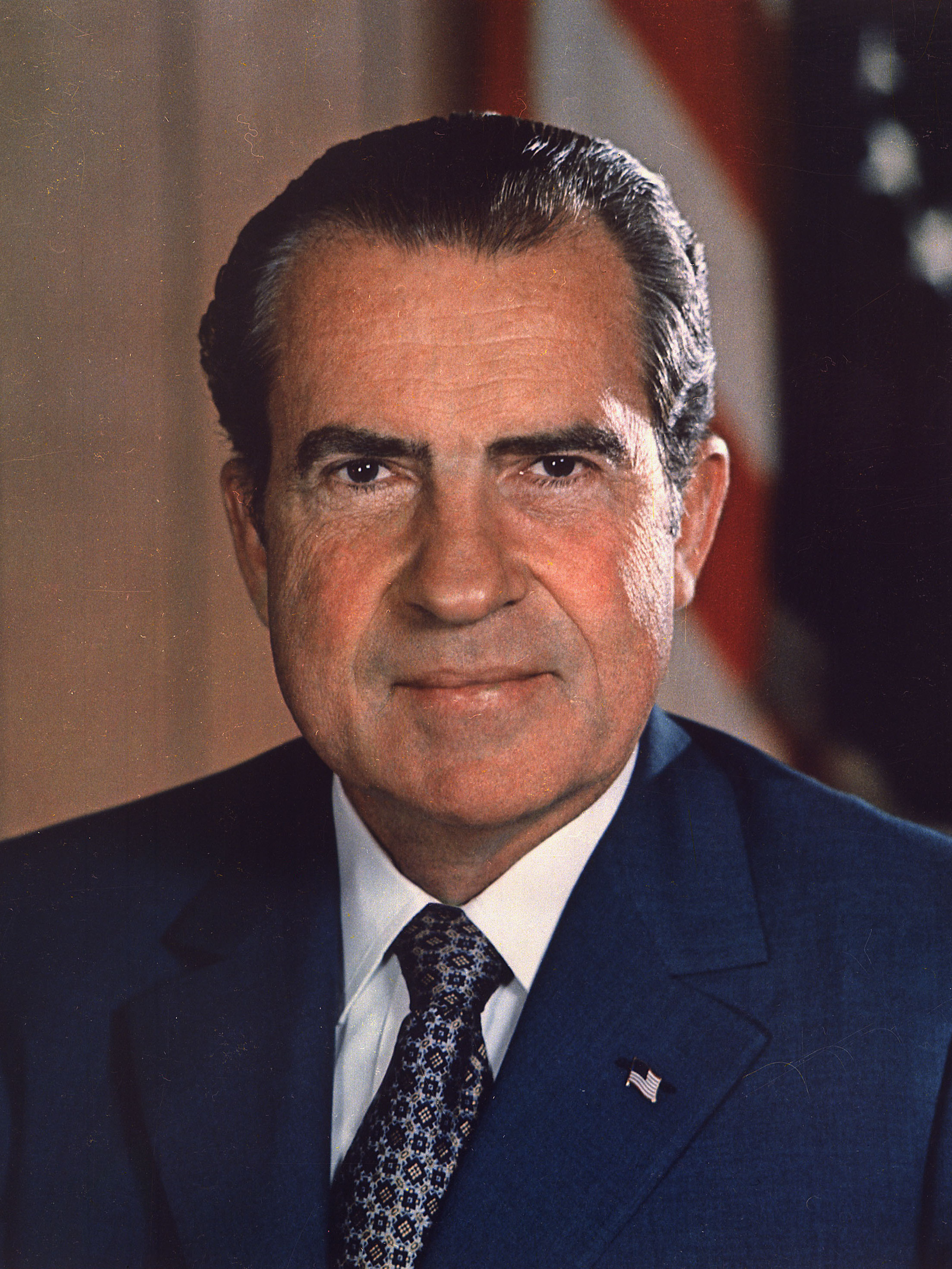
During a 1960 campaign stop in Illinois, Nixon ate half of a barbecued buffalo sandwich and left the rest behind. A Boy Scout named Steve Jenne kept the uneaten half, froze it, and preserved it for decades. The sandwich appeared on “The Tonight Show” and even inspired a book. It’s an odd relic, more curiosity than cuisine, but it captures the strange fascination America has with preserving moments—proof that even leftovers can end up in history’s freezer.
Theodore Roosevelt’s Fried Chicken Sandwich on the Trail
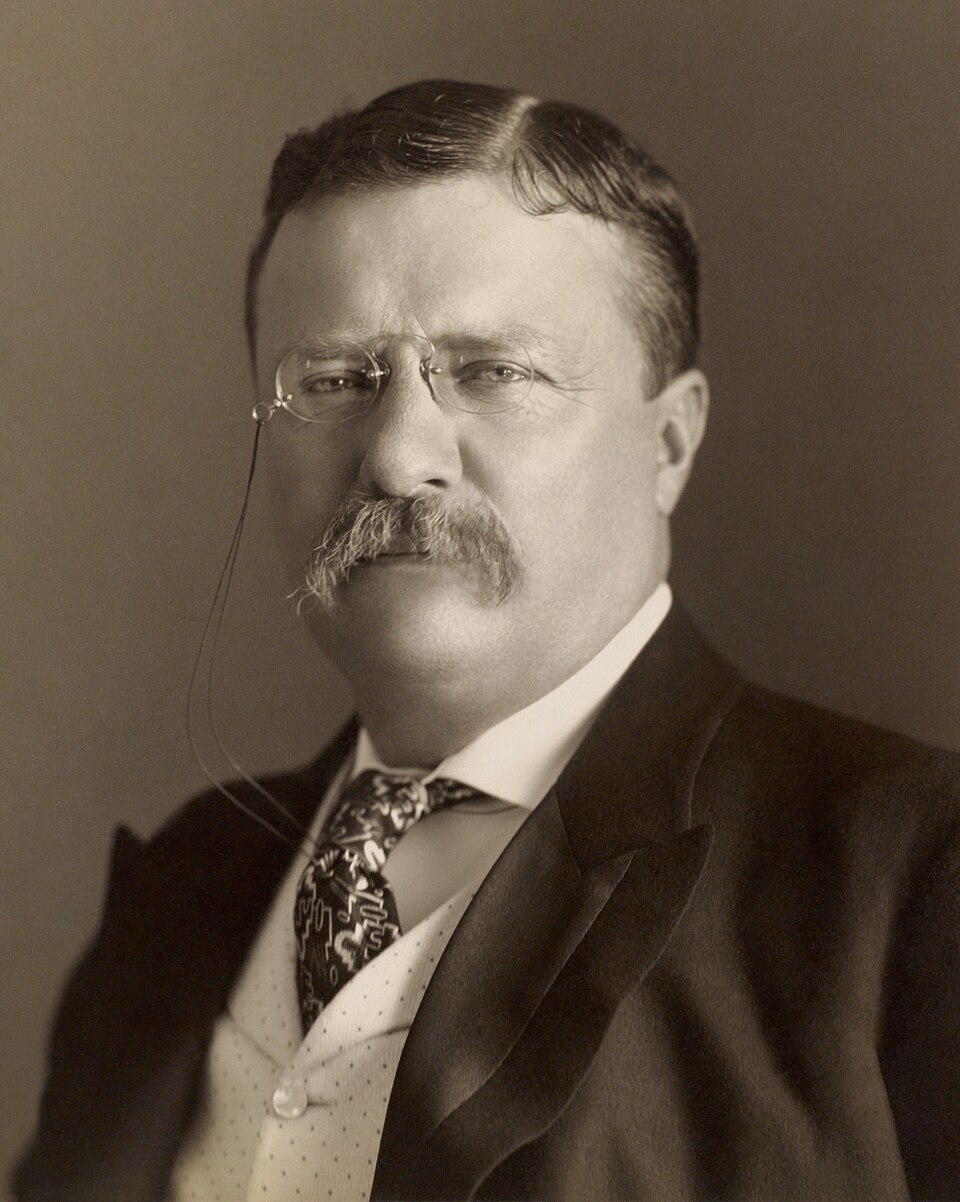
When Theodore Roosevelt set out on his 1900s campaign tours, he often carried fried chicken sandwiches packed in wax paper. His speeches were fiery, his energy unmatched, and those sandwiches became his unofficial fuel. They were easy to eat on horseback or train rides, and he’d sometimes share them with aides between stops. For Roosevelt, it wasn’t about fancy mealsit was about practicality, grit, and keeping the spirit of adventure alive through every bite.
Bill Clinton’s Peanut Butter and Banana Moment
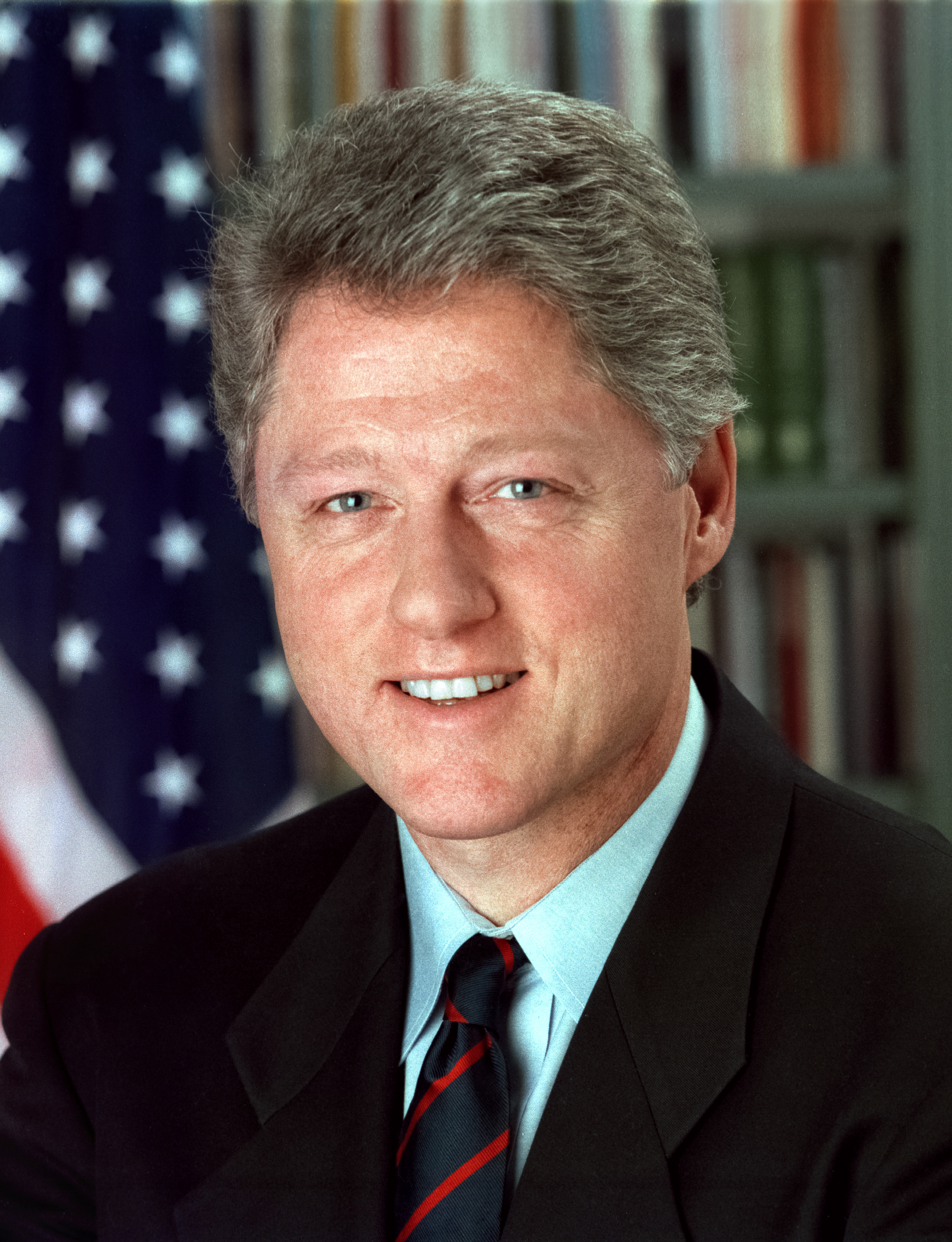
In 1992, a photo showed Bill Clinton at home making a peanut butter and banana sandwich in jeans and a sweatshirt. The casual image fit his campaign’s message of relatability, pairing perfectly with his saxophone appearance on “The Arsenio Hall Show.” That sandwich wasn’t just lunch—it was branding, though the preference was real. Clinton’s comfort food became shorthand for an approachable leader who seemed at ease in his own kitchen as much as the Oval Office.
George W. Bush’s PB&J as a Daily Routine
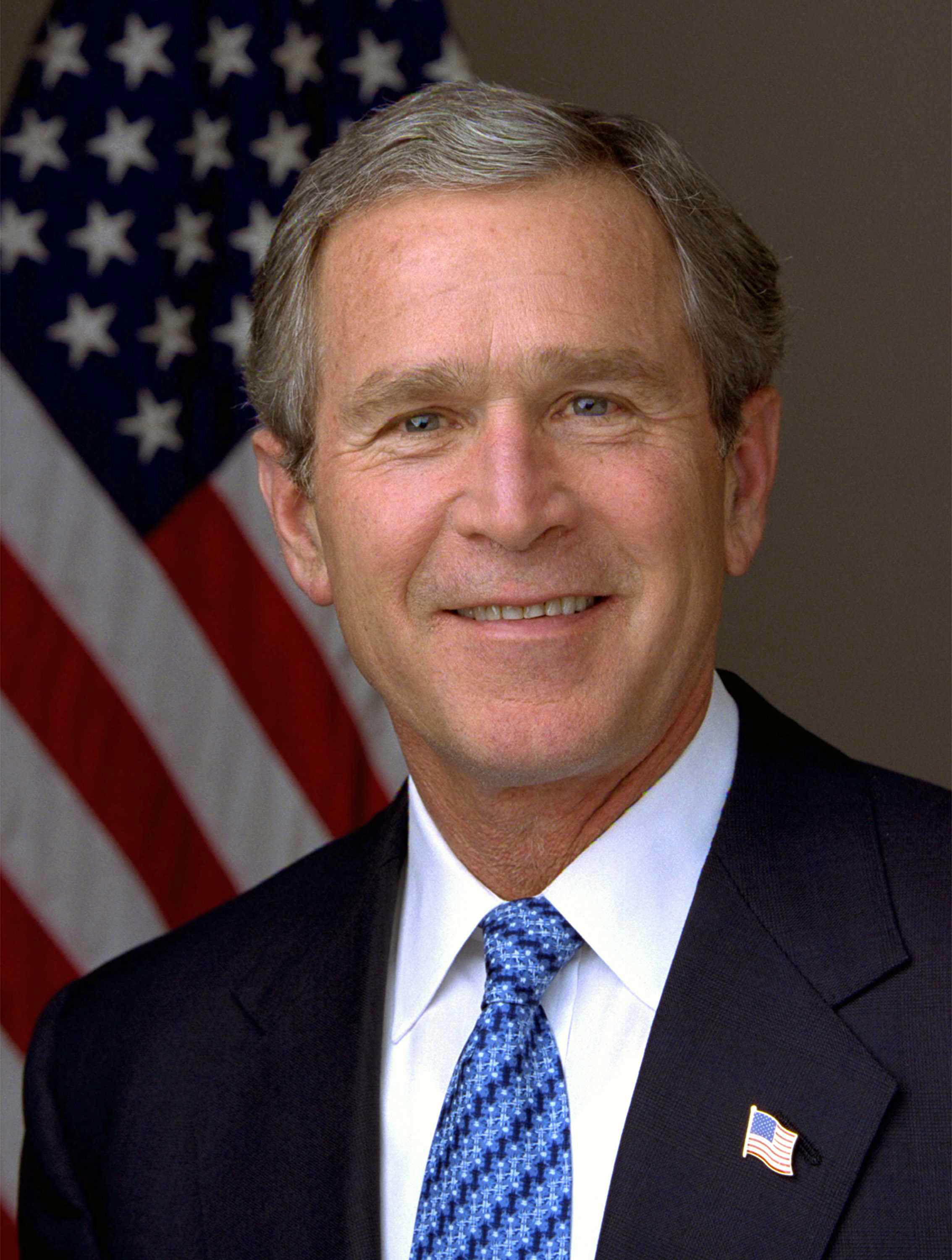
George W. Bush told Oprah that his favorite sandwich was peanut butter and jelly, and the detail stuck. It was added to the White House Mess menu, reportedly with three jelly options. He often rotated between BLTs, grilled cheese, and PB&J for lunch. The habit became a small symbol of predictability in an unpredictable job. It was simple, familiar, and a reminder that not every presidential decision has to be complicated—or gourmet.
Barack Obama’s Zingerman’s Reuben in Ann Arbor
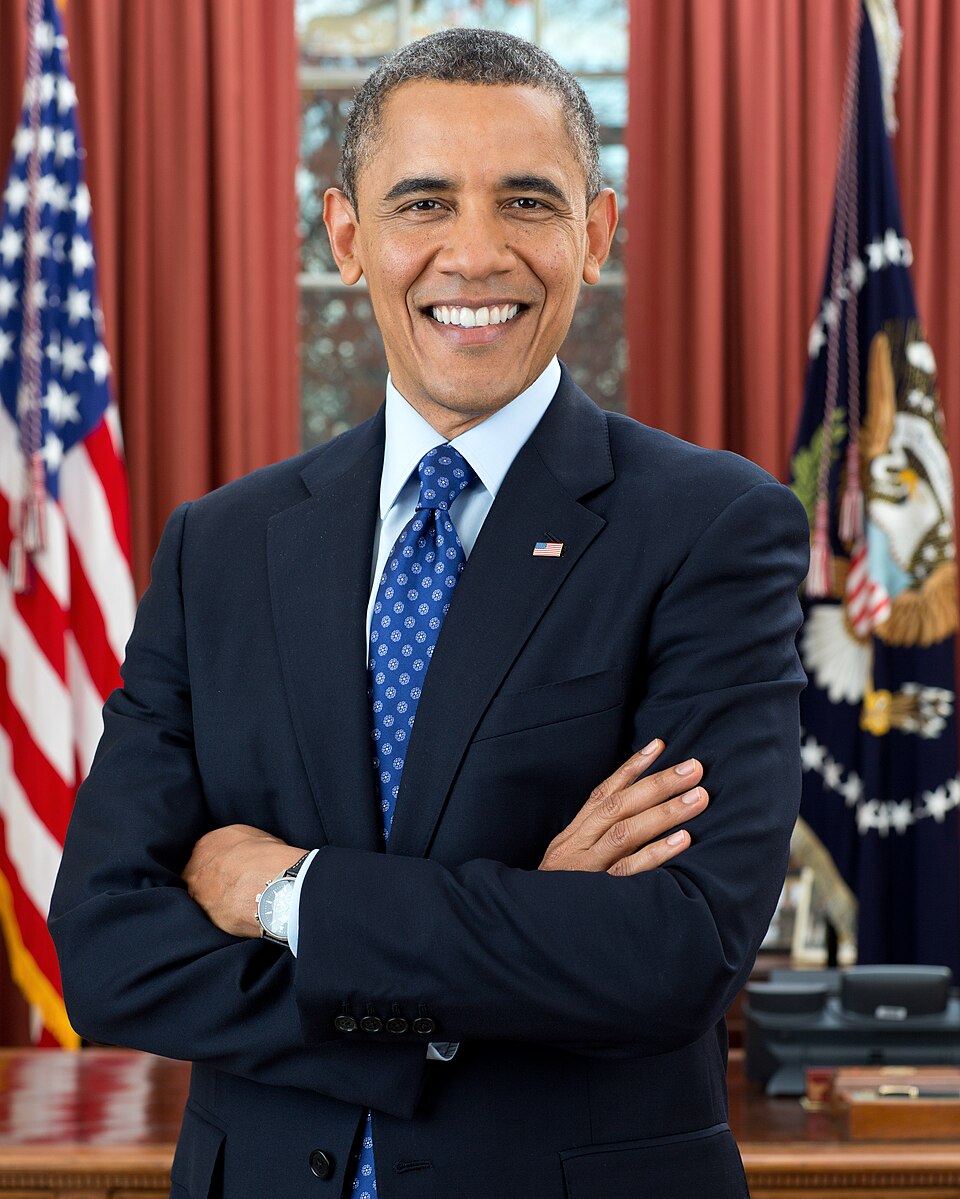
Before a speech at the University of Michigan on raising the minimum wage, Obama stopped at Zingerman’s Deli for a Reuben sandwich. The visit wasn’t just about food—it was a nod to the deli’s co-founder, who had been pushing for fair wages. Cameras caught him chatting with staff and eating at a local favorite, turning a quick lunch into a visual metaphor for economic policy. It was politics done quietly, through the comfort of rye bread and sauerkraut.
Donald Trump’s Fast-Food White House Spreads
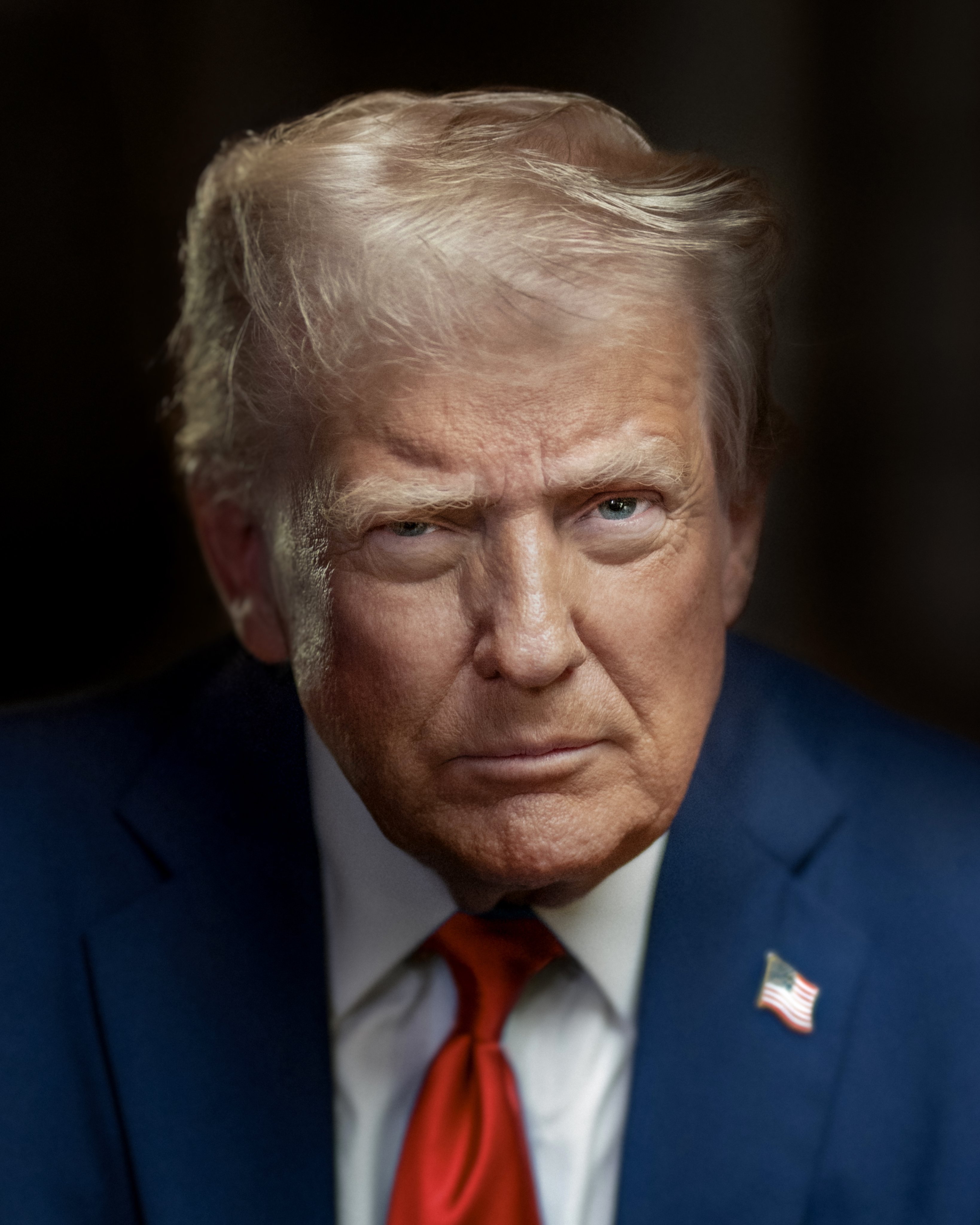
When the White House kitchen was short-staffed during the 2019 government shutdown, Donald Trump hosted the Clemson Tigers with fast food from McDonald’s, Burger King, and Wendy’s. He paid for it himself and posed proudly behind piles of burgers and fries. The gesture divided opinion but fit his image perfectly—unapologetically populist, performative, and media-savvy. It wasn’t fine dining, but it was unmistakably Trump: fast, loud, and unforgettable.
Joe Biden’s Wawa Hoagie on the Trail
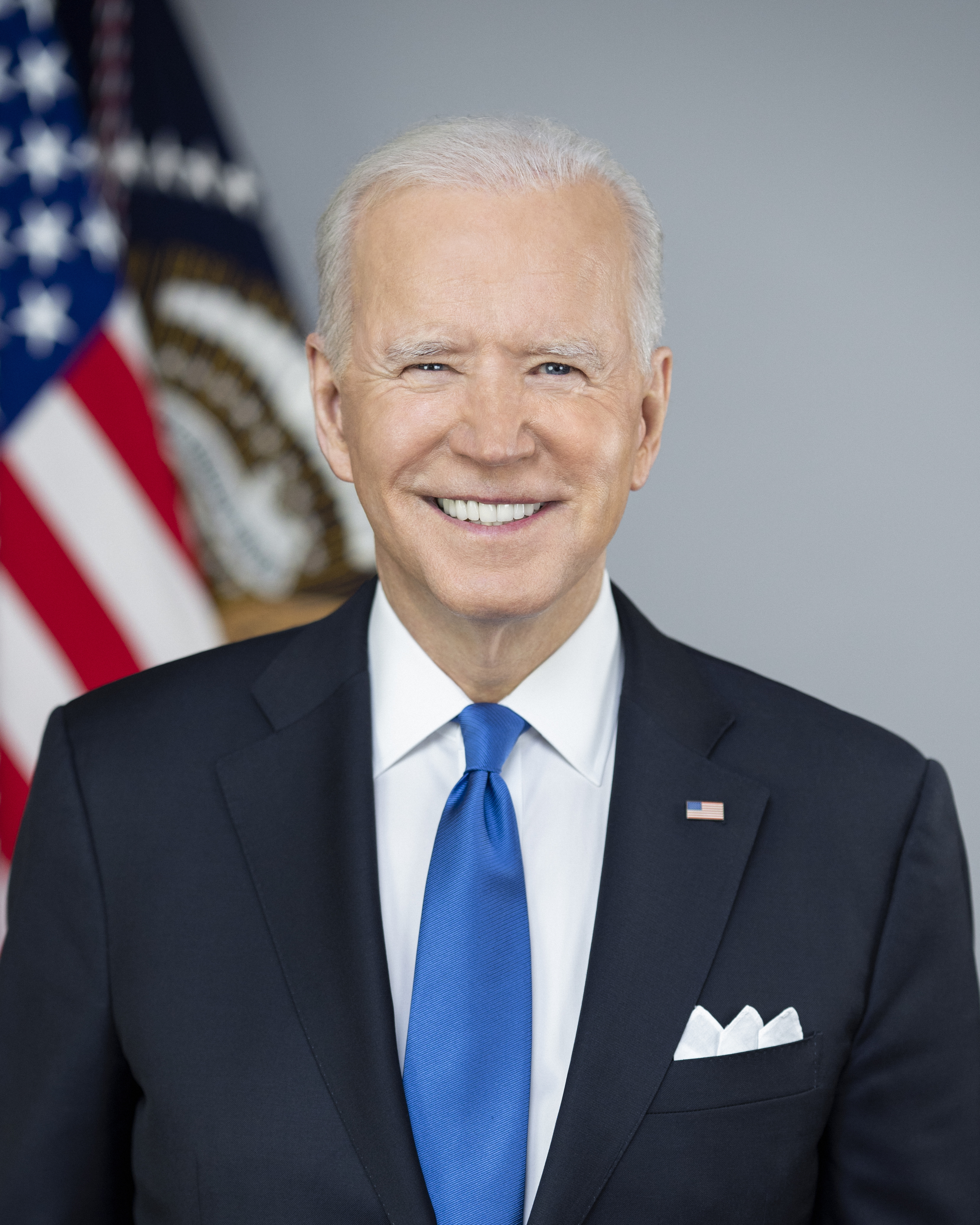
During a Pennsylvania campaign stop, Joe Biden grabbed an Italian hoagie from Wawa a day after buying sandwiches at Sheetz for construction workers. The stops were routine but became instant internet fodder, complete with friendly teasing from Senator John Fetterman over brand loyalty. For Biden, the hoagie wasn’t just lunch—it was cultural shorthand. In Pennsylvania, choosing between Sheetz and Wawa says as much about identity as party lines ever could.
